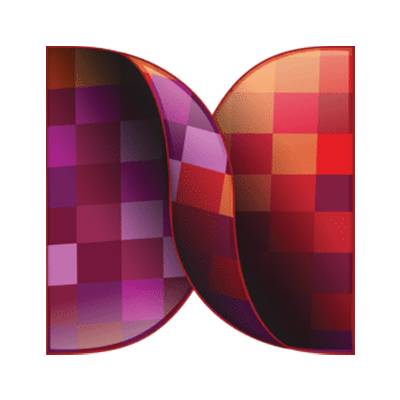The MKV file format, also known as Matroska, is a flexible, open standard container that can hold an unlimited number of video, audio, picture, or subtitle tracks in one file. Derived from the Russian word 'matryoshka,' which signifies the concept of a set of nested dolls, the format was devised to serve as a universal format for storing common multimedia content, like movies or TV shows.
History of the MKV File Format
Matroska was first introduced in 2002 as a project to rival existing container formats such as AVI, ASF, and MP4. It quickly gained acceptance among users who required a robust, yet flexible format that could handle multiple audio and subtitle tracks, which was a limitation of many formats at the time.
How the MKV Format Works
The MKV format is capable of holding an unlimited number of video, audio, subtitle tracks, as well as any metadata. Essentially, it works by encapsulating an entire movie with its associated tracks and data in a single file. The format is structured as an EBML (Extensible Binary Meta Language), which allows it to be extremely flexible and adaptable to future requirements.
Software that Supports MKV
Many media players and software applications support the MKV format due to its versatility. Notable examples include VLC Media Player, KMPlayer, and MX Player. Video editing software such as Adobe Premiere Pro and DaVinci Resolve also offer support for MKV files, although it may be limited to importation.
Alternatives to MKV
While MKV is a popular choice for many users, there are alternative file containers that also see widespread use. MP4 is perhaps the most common, with built-in support across many devices and platforms. AVI is older and less versatile than MKV or MP4, but it is still used due to its simplicity. Additionally, the MOV format, developed by Apple, is commonly used in the editing community for its high quality and compatibility with many editing programs.
















